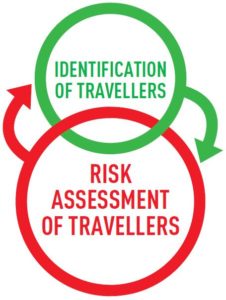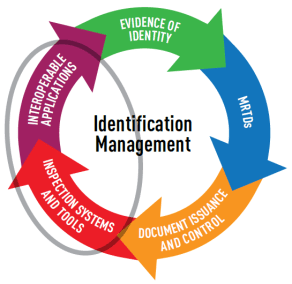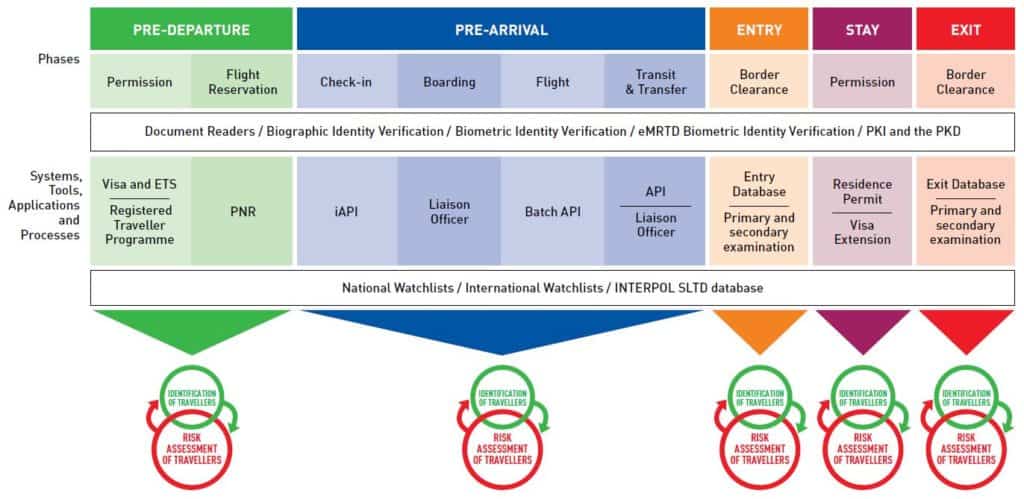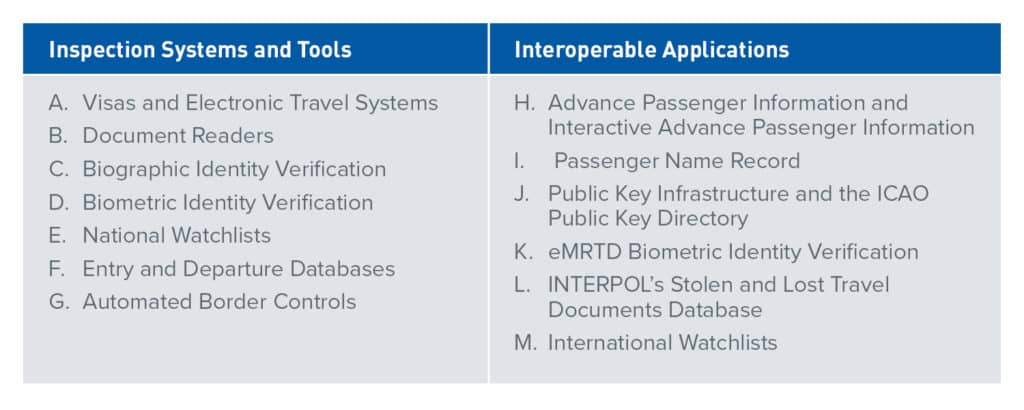ICAO is releasing the very first version of the ICAO Traveller Identification Programme (TRIP) Guide on Border Control Management (BCM) to help States optimize their use of the available tools, systems, and applications.

In their traveller border control arrangements, States seek to maximise the economic, social and political benefits of travel while at the same time identifying and mitigating risks and threats. The central concept of the Guide is that BCM is most effective when the iterative process of identification of travellers and risk assessment is repeated as new information becomes available at each phase of the traveller journey: Pre-Departure, Pre-Arrival, Entry, Stay and Exit.

The TRIP Strategy is a framework bringing together elements of identification management to uniquely identify travellers in order to enhance border security and facilitation. The ICAO TRIP Guide on BCM is a product of the TRIP Strategy and thus focuses on the border controls applied to travellers. The regulatory framework of the Guide is found more prominently in the Annex 9 – Facilitation and in Doc 9303, Machine Readable Travel Documents.
The Guide is intended for reference by States. It includes 13 technical topics describing and categorizing the Inspection Systems and Tools and Interoperable Applications that are used at specific or multiple phases of the traveller journey and each contribute, to different degrees, to the identification of travellers and/or to traveller risk assessment.
While States can be expected to have extensive knowledge of their own citizens and residents, they rely on foreign data and information about the identity and nationality of the citizens and residents of other States. Therefore, the Standards and Recommended Practices (SARPs) and technical specifications published by ICAO play a critical role in ensuring that travel documents issued by States contain standardized traveller identity information in a standardized machine readable format and that the identity information can be communicated in a standardized, interoperable way.

The Guide further discusses contributions made by other United Nations (UN) agencies and international organisations to BCM. The Consolidated UN Security Council Sanctions List and INTERPOL Red Notices identify potential travellers of security and law enforcement concern to States. Checks against INTERPOL’s Stolen and Lost Travel Documents database are essential prior to relying on travel documents as evidence of identity.
When applied in conjunction with its companion document, the Assessment Tool, the Guide can improve the traveller identification and risk assessment practice of States to achieve better security and facilitation outcomes in BCM. The ICAO TRIP Guide on BCM is available online here. For further information, or to communicate with members of the Facilitation Section, States are invited to contact: FAL@icao.int.
![]() The ICAO TRIP Guide on Border Control Management was developed under the Canada-funded project Strengthening BCM in the Caribbean Region.
The ICAO TRIP Guide on Border Control Management was developed under the Canada-funded project Strengthening BCM in the Caribbean Region.
ICAO extends heartfelt thanks to the individuals and organizations that have contributed to develop the content of the Guide: European Border and Coast Guard Agency (FRONTEX), ICAO Implementation and Capacity Building Working Group (ICBWG), ICAO New Technologies Working Group (NTWG), International Criminal Police Organization (INTERPOL), International Organization for Migration (IOM), Joint Regional Communication Centre (JRCC) of the Caribbean Community (CARICOM) Implementing Agency for Crime and Security (IMPACS), Organisation for Eastern Caribbean States (OECS), United Nations Counter-Terrorism Committee Executive Directorate (CTED), United Nations High Commissioner for Refugees (UNHCR) and United Nations Office on Drugs and Crime (UNODC).

